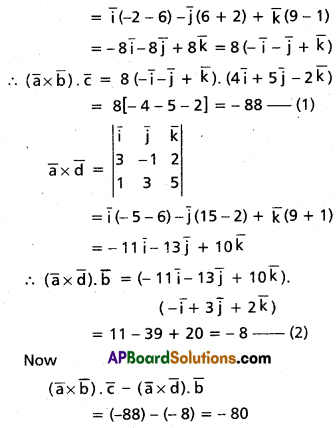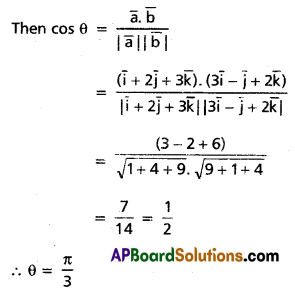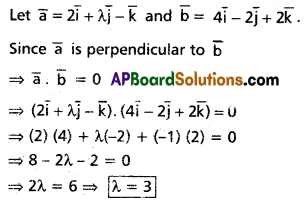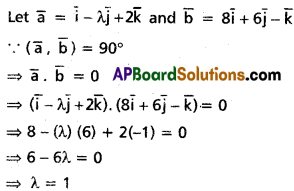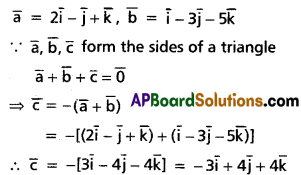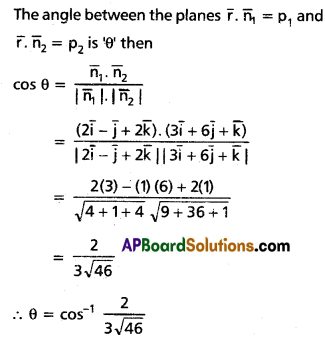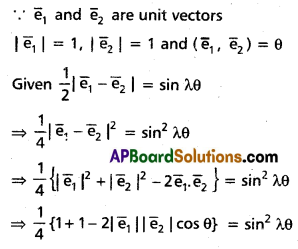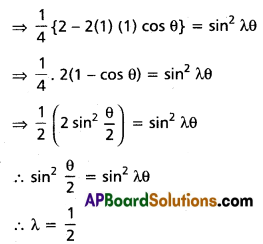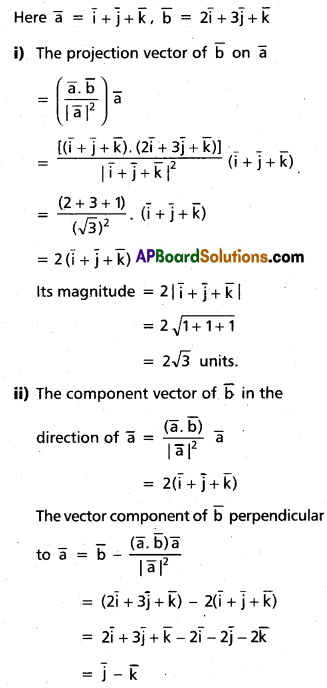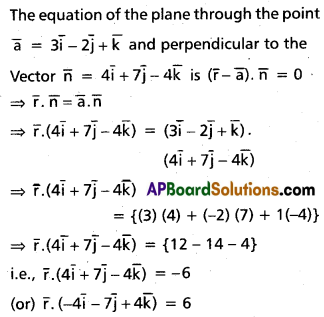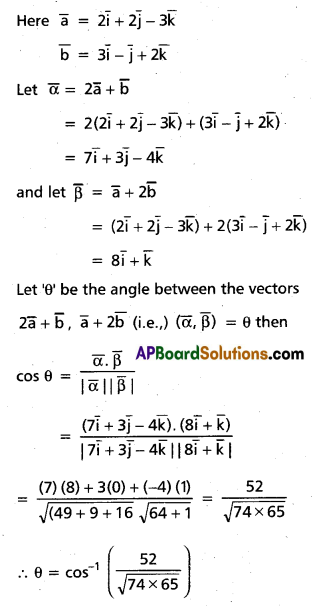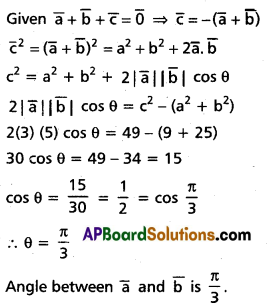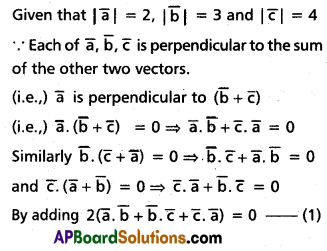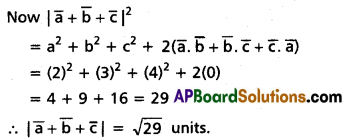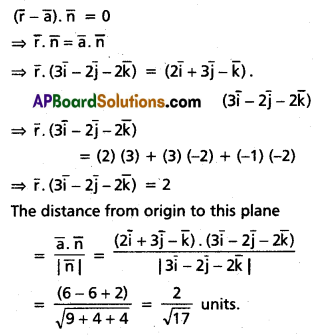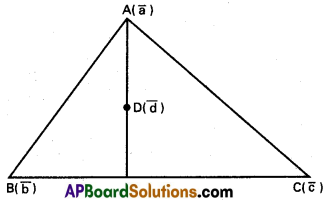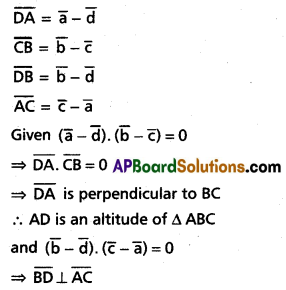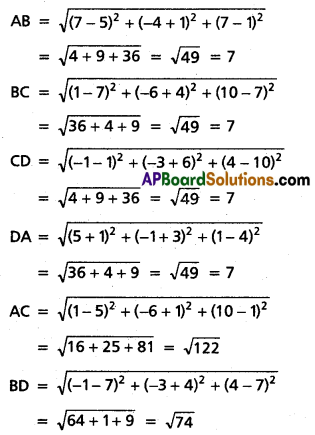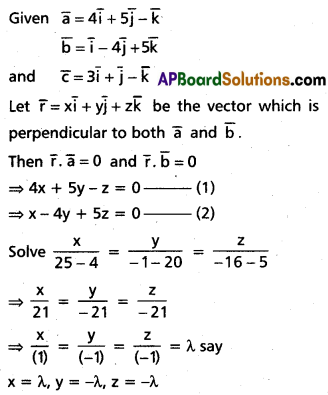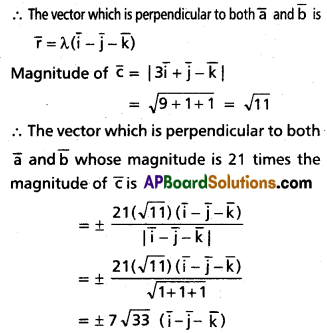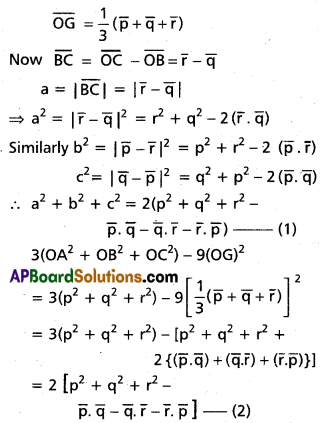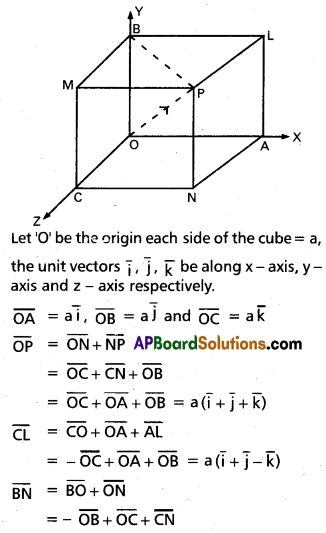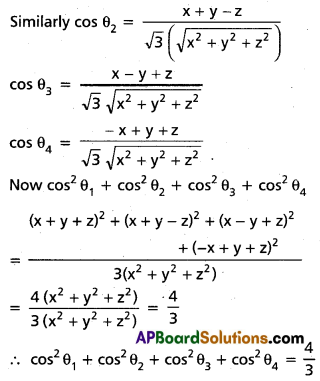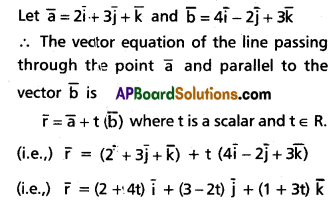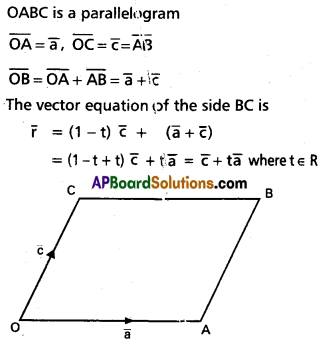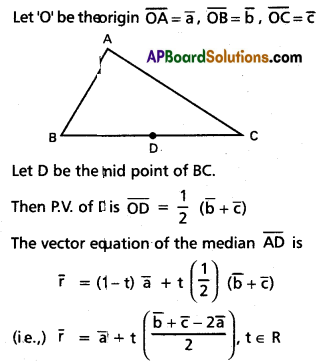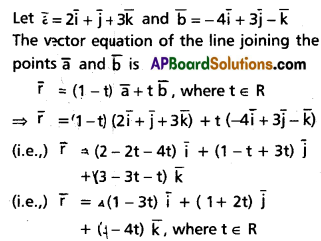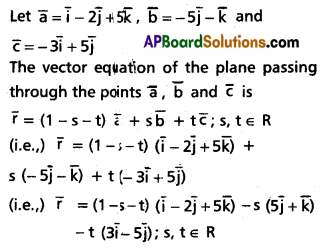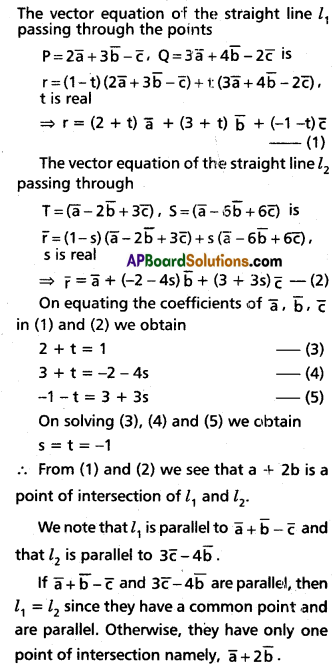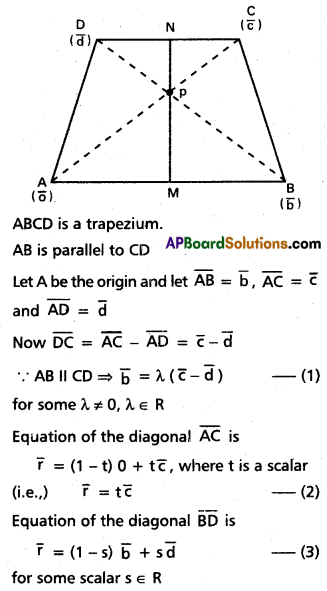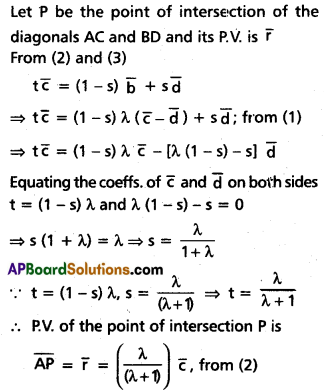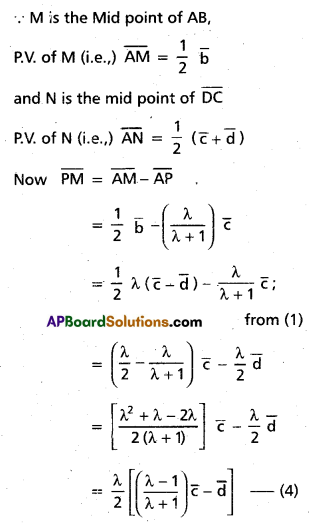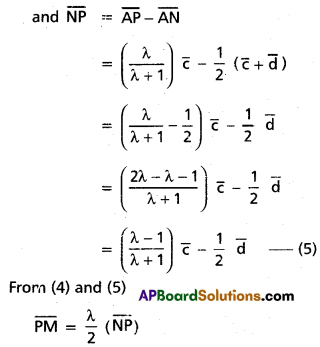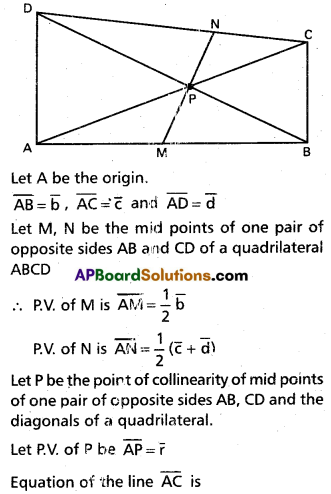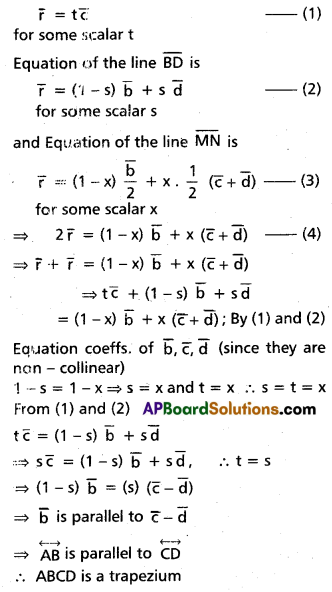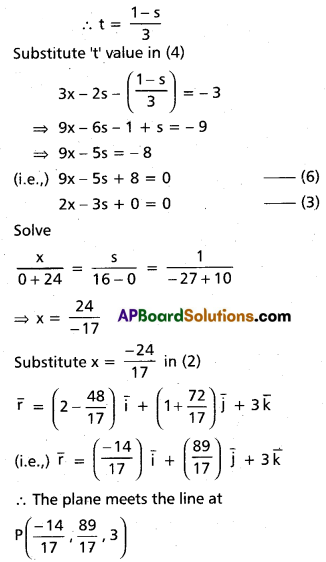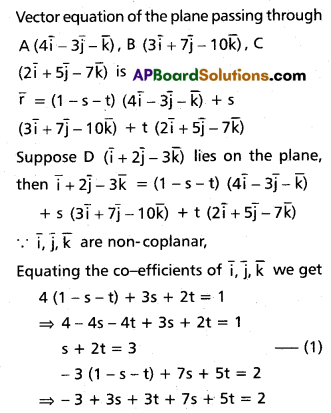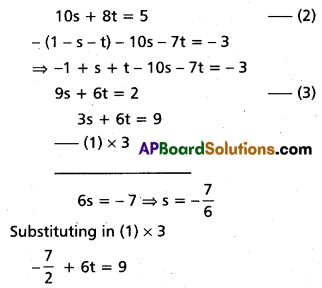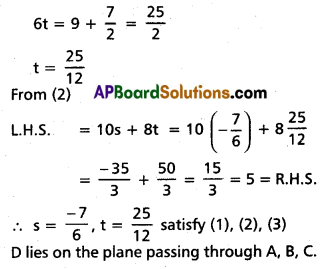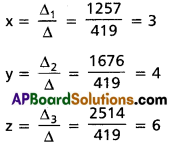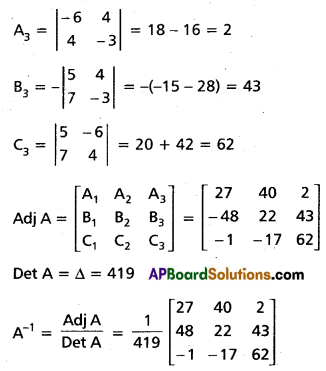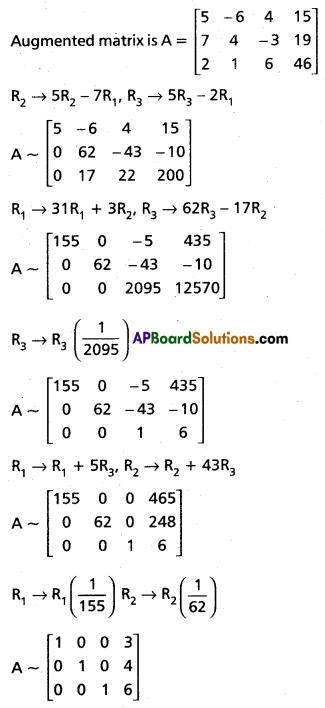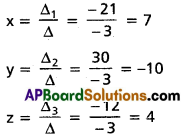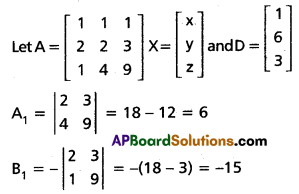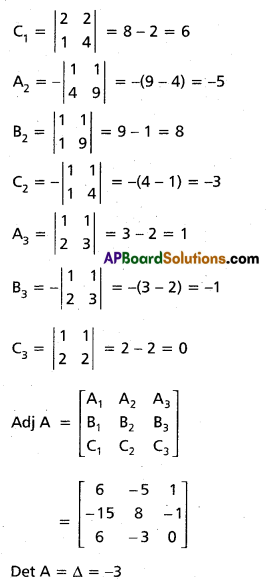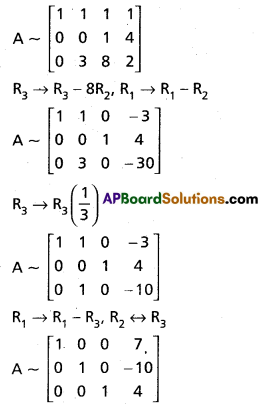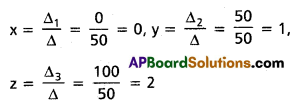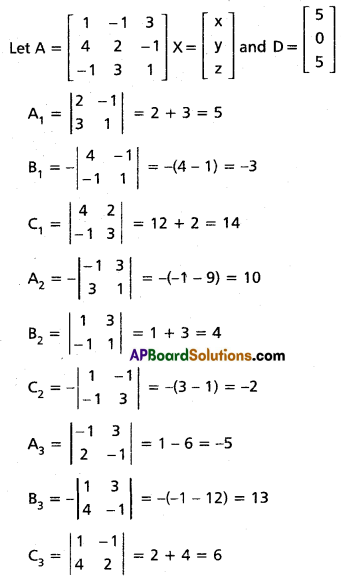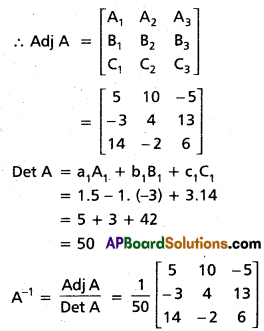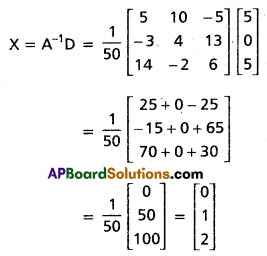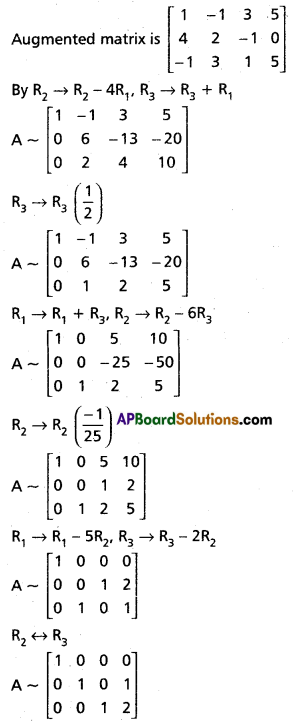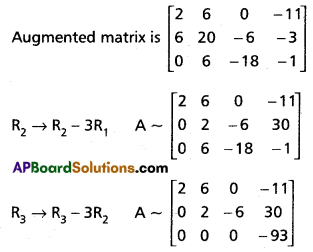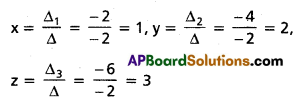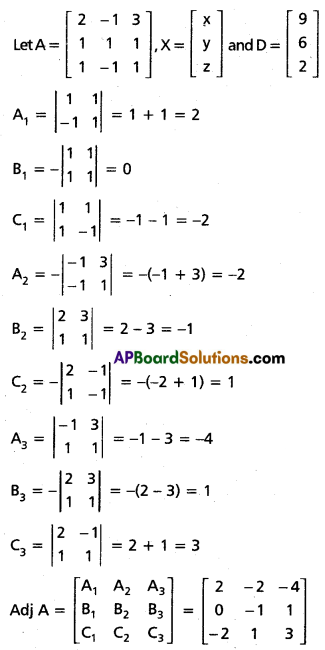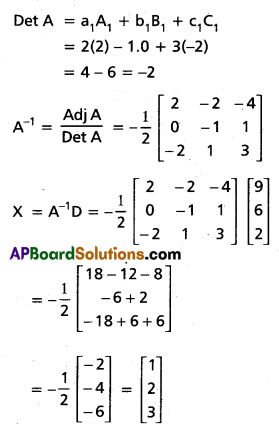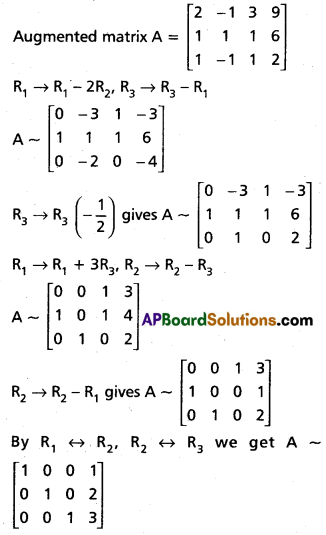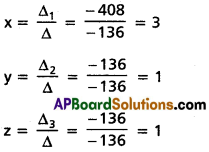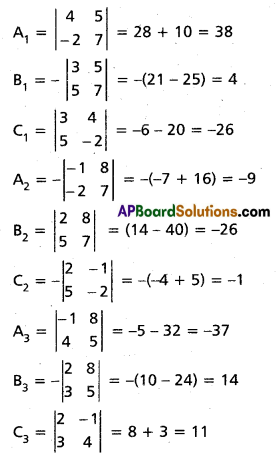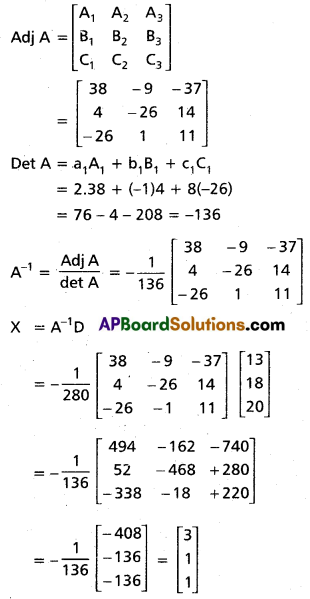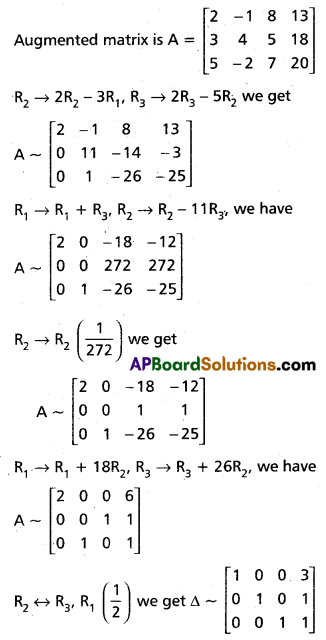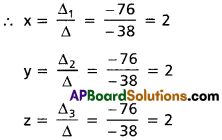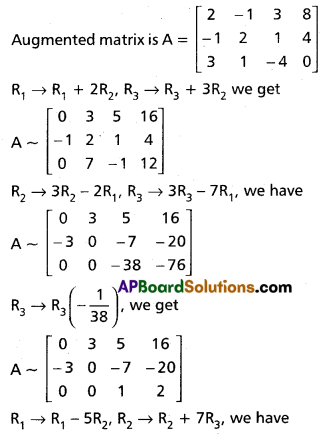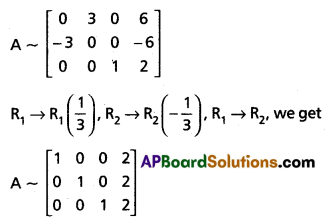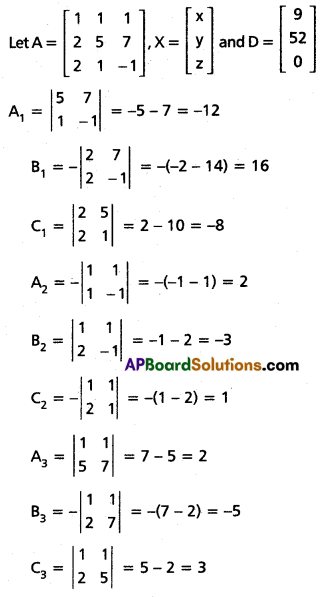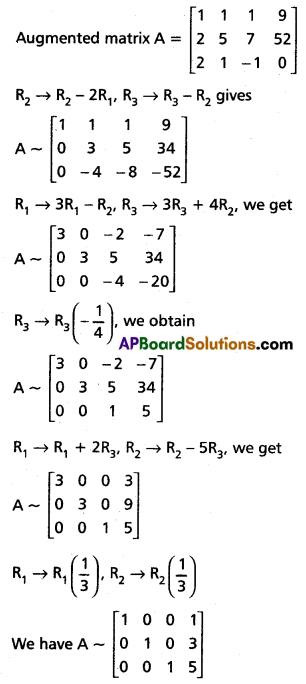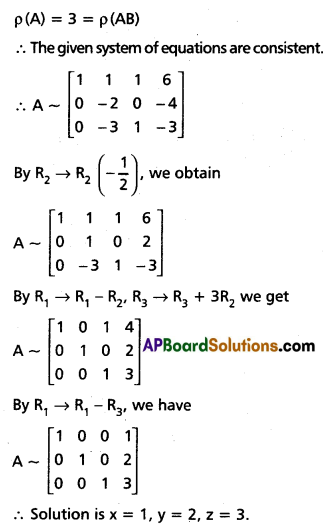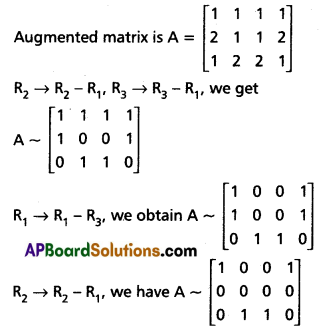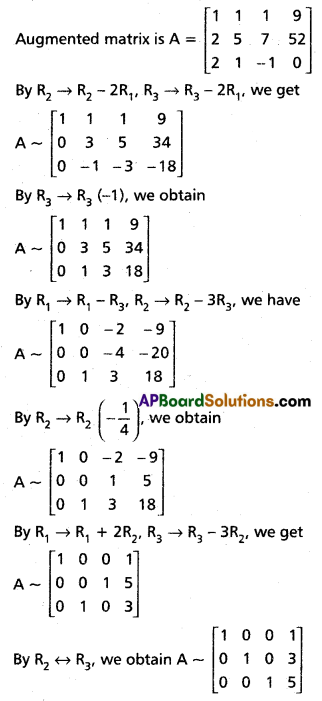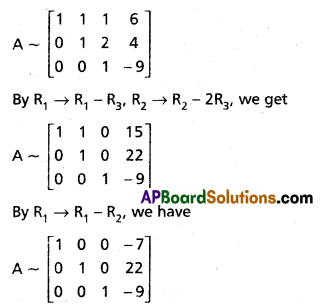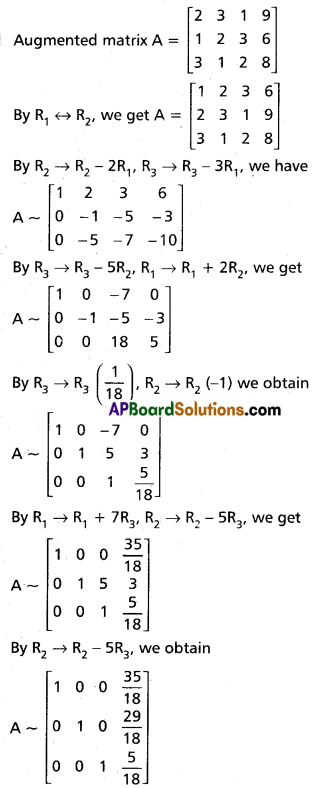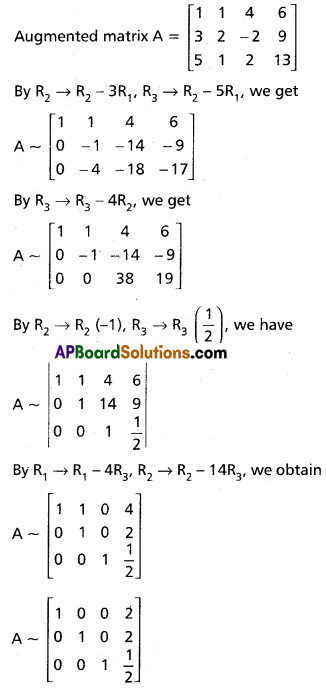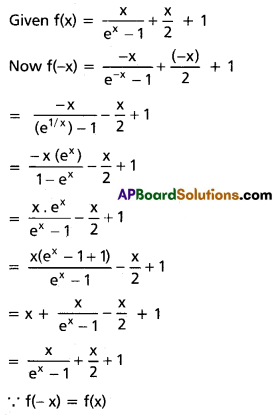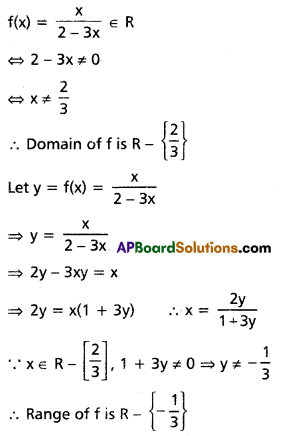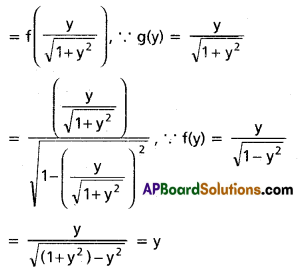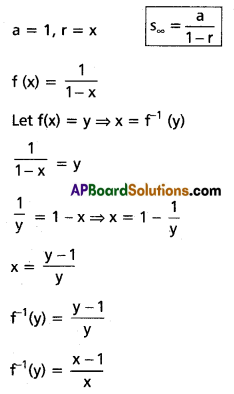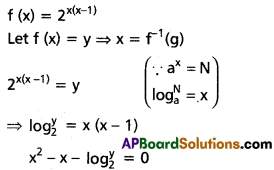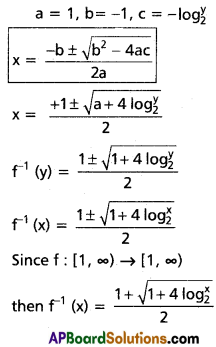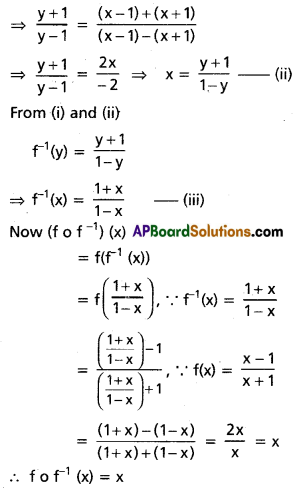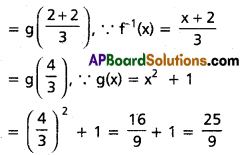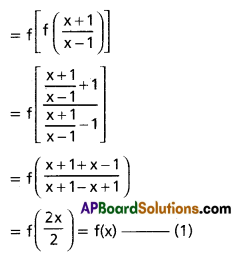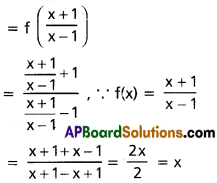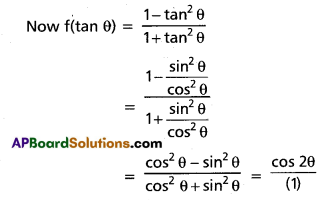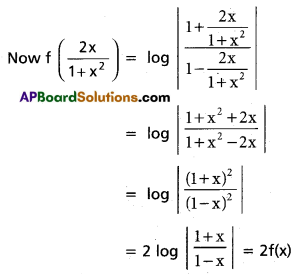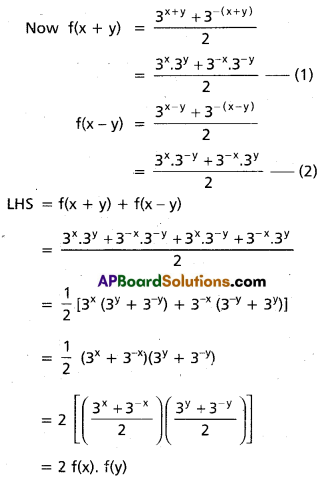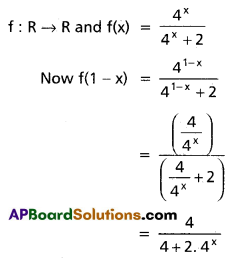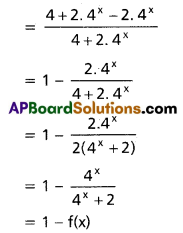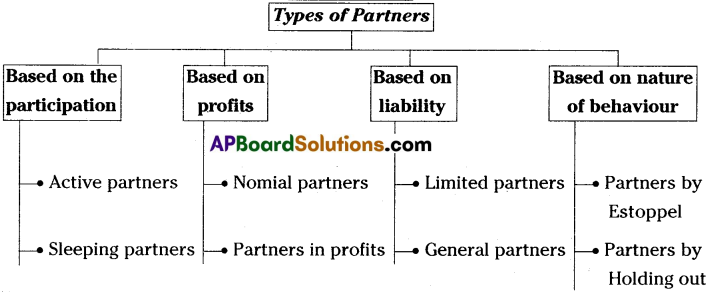Andhra Pradesh BIEAP AP Inter 1st Year Civics Study Material 7th Lesson Justice Textbook Questions and Answers.
AP Inter 1st Year Civics Study Material 7th Lesson Justice
Long Answer Questions
Question 1.
Define Justice and describe various types of Justice.
Answer:
Introduction:
Justice is a dynamic concept in contemporary society. It has received the attention of several political philosophers, social reformers, economic thinkers, and psychological experts. They have considered the basic instinct of individuals belonging to the various sections residing in several parts of the world. Besides, almost all states, irrespective of their political and economic doctrines, have been striving to achieve justice and establish a society based on justice.
Meaning :
The word “Justice” is derived from the Latin word “Jus” which means “to bind”
Definitions :
We may advance some of the definitions of Justice in the following lines.
1. Plato:
“Justice is giving to every man his due. It is a combination of reason, courage, appetite and will in terms of the state”.
2. Aristotle:
“Justice is no other than each and every individual in society discharging his moral duties.”
3. Caphalous :
“Justice means speaking the truth and paying one’s debts.”
4. Polymarchus :
“Justice means to help friends and harm enemies.”
5. Barker :
“Justice means a combination and coordination of political values.”
Types of Justice
There are different types of Justice. They relate to Natural, Social, Political, and Legal spheres. Let us analyse these types of Justice.
1. Natural Justice :
Natural Justice is based on the notion that every person in the world possesses some rights for availing the natural resources. Natural resources provide support to the life of each and every creature on earth. As the human beings are the only rational creatures, it is their responsibility to see that natural resources have to be judiciously exploited. Human beings must keep in mind the requirements of future generations in this regard.
2. Social Justice :
Social Justice envisages a balance between rights of individuals and social control. It facilitates the fulfillment of the legitimate expectations of the individuals under the existing laws. It ensures several benefits and extends protection to the individuals against the interference or encroachment from others in society. It is consistent with the unity and the integrity of the nation. It fulfills the needs of the society.
Social Justice enforces the principle of equality before law. It also ensures eradication of social evils like poverty, unemployment, starvation, disease, etc. It also extends protection to the downtrodden and weaker sections of society. Ultimately it provides those conditions essential for the all round development of individuals.
3. Political Justice :
Political Justice symbolises politicl equality. It implies provision of political rights to all the adult citizens in a state. It facilitates free and fair participation of the citizens in the governance of the country. It is manifested to the full extent in times of elections. It allows the citizens for their active participation in day-to-day administration. It is based on the premise that everyone is counted as one and none for more than one. It may be noted that political justice prevails in the State when the following conditions are prevalent
- Rule of law
- Independent Judiciary
- Popular elections to the representative bodies
- Political parties
- Freedom of press and assembly
- Democratic rule etc.
4. Economic Justice :
Economic Justice refers to the absence of economic discrimination between individuals on irrational and unnatural grounds. It stands for the equal treatment of individuals irrespective of differences in the income, money, wealth, property etc. In its positive aspect, it implies payment of adequate emoluments to the workers strongly abhorring disparities in the distribution of wealth and incomes. It does not allow exploitation of the weaker sections. It sees that nobody is deprived of the basic necessities of life. It hints out that everyone must be provided with adequate food, clothing, shelter and other minimum needs. It conceives just economic order in the society. It supports the principle “from each according to his ability, to each according to his needs.”
5. Legal Justice:
Legal Justice is manifested in the laws of the state. It is supplemented by customs of the society. It is embodied in the Constitution and legislative enactments in a state. It determines the legal contours of Justice. Legal Justice basically has two implications. Firstly, it implies that there is just application of the laws in society on the basis of rule of law. There will be no discrimination between individuals in the applications of laws. Secondly, laws are made in consonance with the principles of natural justice.
Question 2.
What is meant by Justice? How is it evolved?
Answer:
Meaning :
The word “Justice is derived from a Latin word “JUS” which means ” to bind”.
It refers to the formulation and implementation of rules and regulations endorsed by the constitution and the judicial organisations.
Development of Justice :
In ancient India, Justice, being associated with dharma as enunciated in Hindu scriptures, was considered to be the duty of the King. The King used to maintain a just social order based on dharma. It was the primary duty of the King to maintain justice by punishing the wrong doers and rewarding the virtuous persons.
Justice normally means giving each person his due. However, its understanding differs from person to a person. Justice is viewed from the human aspect of every individual. Immanuel Kant, a German philosopher, stated that human beings possess dignity. When all persons ‘are endowed with dignity, they will be entitled to adequate opportunities for developing their talents and for pursuing their goals. Thus, Justice demands that each individual should be given equal consideration.
In Medieval age St. Augustine derived the concept of Justice from Plato. He emphasized on the proper relations between individuals for the harmonious working of society. Thomas Aquinas was considered as the first political philosopher who separated Justice from religion. By 16th century, the concept of justice got completely secularized. The social contractualist like Hobbes identified Justice with the orders of the sovereign.
His successors John Locke, Rousseau, Emmanuel Kant, and others regarded Justice as a synthesis of liberty and equality. The advocates of Natural law developed the idea of individual justice. The Socialists conceived justice from economic point of view. While the conventionalists explained the concept of justice from individual perspective, the modernists viewed it from social perspective.
There is no single precise definition to the concept of justice. It was defined and discussed by various writers in different ways basing on the place, time context, culture, etc. It is considered as the sum total of the principles and beliefs advanced for the survival of the society. These principles and beliefs in turn led to the making of rights, freedoms and laws.

Question 3.
Write an essay on Social Justice.
Answer:
Social Justice is generally equated with the notion of equality. Equality is an indisputable and inherent element of social justice. The term ‘social justice’ has wider meaning. ‘Social justice’ connotes fairness, mutual obligation and responsibility in a society. It firmly believes that everyone is responsible to the others. Everyone must be provided adequate opportunities. Social Justice, in brief, aims at achieving a just society by eliminating injustice. It prevails when people have the belief of sharing the things in the society. They must be entitled to equitable treatment, human rights and fair allocation of common resources.
In this context modem political scientists like John Rawls and David Miller gave two prominent statements.
John Rawls advanced the theory of social justice commonly known as “Justice or Fariness”. To him, social justice implies equal access to the liberties, rights and opportunities as well as taking care of the interests of the deprived and disadvantaged sections of the society. He maintained that what is just or unjust in the human activities is determined on the basis of utility of such activities. He stated that social justice enables human beings equal access to civil liberties and human rights to lead a happy and healthy life. He emphasised that disadvantaged groups in society will be taken care of through the extension of social justice.
John Rawls concept of social justice is built around the idea of a social contract whereby all people sign a covenant for following and obeying certain rules for the betterment of the society as a whole. These rules or principles specify the basic rights and obligations involving the main political and social institutions. They regulate the allocation of benefits arising from social co-operation.
David Miller pointed out that social justice is concerned with the distribution of good (advantages) and bad (disadvantages) in society. He further analysed more specifically how these things are distributed in the society. According to him, social justice is concerned with the allocation of resources among people by social and political institutions. People, through social justice, receive many benefits in the fields of education, employment, wealth, health, welfare, transport etc.
Short Answer Questions
Question 1.
Explain the major concepts of Justice.
Answer:
Meaning :
The word “Justice” is derived from a Latin word “JUS” which means “to bind”.
Definition :
“Justice means speaking the truth and paying one’s debts”. – Caphalous
Major Concepts of Justice :
There are two major concepts of Justice. They are i) Numerial concept ii) Geometrical concept. They may be explained as follows :
1. Numerical concept:
Numerical concept of justice regards that everyone has equal share. The ancient Greek city states adopted this concept in public matters. The rulers of these city states filled up various offices with as many persons as maximum possible to demonstrate equality. They have not considered special knowledge, qualifications etc., for holding public offices. Jeremy Bentham, a famous British political philosopher, advocated this concept in modem times. He stated thus : “Everyone is to count for one, nobody for more than one.” Many modem liberal democratic states have been functioning on the basis of this concept.
2. Geometrical concept:
Geometrical concept is based on the notion of proportionate equality. It advocates equal share to equals and unequal share to unequals. It means that the distribution of power and patronage in public offices should be allocated in proportion to the worth or contribution of the individuals. Plato and Aristotle favoured this concept. Aristotle stated this concept in the following words: “If flutes are to be distributed, they should be distributed only among those who have the capacity of flute playing.” Efforts were made for allocating of benefits and responsibilities on equal basis keeping in view the worth of the recipients.

Question 2.
How is justice evolved?
Answer:
In ancient India, Justice, being associated with dharma as enunciated in Hindu scriptures, was considered to be the duty of the King. The King used to maintain a just social order based on dharma. It was the primary duty of the King to maintain justice by punishing the wrong doers and rewarding the virtuous persons.
Justice normally means giving each person his due. However, its understanding differs from person to a person. Justice is viewed from the human aspect of every individual. Immanuel Kant, a German philosopher, stated that human beings possess dignity. When all persons ‘are endowed with dignity, they will be entitled to adequate opportunities for developing their talents and for pursuing their goals. Thus, Justice demands that each individual should be given equal consideration.
In Medieval age St. Augustine derived the concept of Justice from Plato. He emphasized on the proper relations between individuals for the harmonious working of society. Thomas Aquinas was considered as the first political philosopher who separated Justice from religion. By 16th century, the concept of justice got completely secularized. The social contractualist like Hobbes identified Justice with the orders of the sovereign. His successors John Locke, Rousseau, Emmanuel Kant and others regarded Justice as a synthesis of liberty and equality.
The advocates of Natural law developed the idea of individual justice. The Socialists conceived justice from economic point of view. While the conventionalists explained the concept of justice from individual perspective, the modernists viewed it from social perspective.
There is no single precise definition to the concept of justice. It was defined and discussed by various writers in different ways basing on the place, time context, culture etc. It is considered as the sum total of the principles and beliefs advanced for the survival of the society. These principles and beliefs in turn led to the making of rights, freedoms and laws.
Question 3.
Describe any three types of Justice.
Answer:
1. Natural Justice :
Natural Justice is based on the notion that every person in the world possesses some rights for availing the natural resources. Natural resources provide support to the life of each and every creature on earth. As the human beings are the only rational creatures, it is their responsibility to see that natural resources have to be judiciously exploited. Human beings must keep in mind the requirements of future generations in this regard.
2. Social Justice :
Social Justice envisages a balance between rights of individuals and social control. It facilitates the fulfillment of the legitimate expectations of the individuals under the existing laws. It ensures several benefits and extends protection to the individuals against the interference or encroachment from others in society. It is consistent with the unity and the integrity of the nation. It fulfills the needs of the society.
Social Justice enforces the principle of equality before law. It also ensures eradication of social evils like poverty, unemployment, starvation, disease etc. It also extends protection to the downtrodden and weaker sections of society. Ultimately it provides those conditions essential for the all round development of individuals.
3. Political Justice:
Political Justice symbolises political equality. It implies provision of political rights to all the adult citizens in a state. It facilitates free and fair participation of the citizens in the governance of the country. It is manifested to the full extent in times of elections. It allows the citizens for their active participation in day-to-day administration. It is based on the premise that everyone is counted as one and none for more than one. It may be noted that political justice prevails in the State when the following conditions are prevalent
- Rule of law
- Independent Judiciary
- Popular elections to the representative bodies
- Political parties
- Freedom of press and assembly
- Democratic rule etc.
Question 4.
Point out any three sources of Justice.
Answer:
Meaning :
The word “Justice” is derived from a Latin word “JUS” which means “to bind”.
Definition :
“Justice means speaking the truth and paying one’s debts” – Caphalous Sources of Justice:
Earnest Barker gives four sources of Justice. They are mentioned as below.
- Nature
- Ethics
- Religion
- Economic elements
1. Nature:
The Greek stoics perceived nature to be a source of Justice. Their perception of nature was a combination of moral philosophy and religious beliefs. For them nature, God and reason were inseparable entities. They pointed out that men who lived according to nature shared similar views of reason and God. They viewed that nature embodies three things. They are
1. Man should be free, 2. Man should be treated equally, 3. Man should be associated with his fellow beings by the common element of reason. These three things in turn have remained as a basis for liberty, equality and fraternity in society in course of time.
2. Ethics :
Idealist thinkers like Plato, Emanuel Kant, Thomas Hilly Green, Earnest Barker and other propounded that justice originated from ethical practices. They pointed out that values accepted by the society over a period of time have intum become the impersonal source of positive Justice. The state enforced this positive justice in course of time.
3. Religion :
Religion is regarded as another source of Justice. This source has been in force since medieval age. The church authorities held the notion that it was God who propounded the notions of justice, right and wrong. God, through church, initiated the concept of justice as the rule of the theory of might. Thomas Acqinas a philosopher turned saint believed that the Church is the manifestation of religion. According to him, life based on laws is the best one. The king must lead the people in right directions. He must exercise his authority in compliance to the church authority.
4. Economic elements :
Economic elements are also treated as a source of justice. These elements attained significance with the advent of industrial revolution which led to glaring economic disparities between different sections of society. Industrial revolution, inspite of its tremendous achievements, led to the growth of miseries, poverty and immorality in society. It forced the people to have a strong zeal of enterprise. Adam Smith, David Ricardo, Thomas Robert Malthus and other classical economists analysed justice in terms of economic factors.
Later, revolutionary thinkers like Karl Marx and Frederich Engles strongly advocated the role of economic elements as a basis to the justice. These thinkers began to prove the deficiencies in capitalist society. They argued that justice prevails only when economic equality is achieved through a classless society. But their

Question 5.
How is social Justice pursued?
Answer:
Social justice remains a mirage in a society having glaring disparities between different sections. Justice can’t be understood in absolute terms. Justice along with equality is a strong desire of every one in modem society. A society dominated by unjust relations between different sections can not achieve progress. In such a society the disadvantaged and deprived sections develop frustration in their day to day life. This leads to mutual conflicts between the majority poor and a few affluent persons. Hence a just society which ensures basic minimum facilities to all to lead happy and secure life is a must. In such a society adequate opportunities will be provided to various sections for realizing their goals.
Though many agree with the veiw that the State should lend a helping hand to the disadvantaged sections of the society to attain some degree of parity with others, there remains a disagreement over the methods pursued for achieving the goal. Extensive debate has taken place in the contemporary society. Such a debate revolved on the topic of inviting open competition through Free State organisation or private enterprises. But the fact lies in between the two. Both state and private involvement are necessary for achieving social justice in a state.
Very Short Answer Questions
Question 1.
Define Justice.
Answer:
“Justice is giving to every man his due. It is a combination of reason, courage, appetite and will in terms of the state” -Plato
Question 2.
What is Distributive Justice? [A.P. 19, 18]
Answer:
Distributive justice implies the distribution of goods and wealth of citizens by the state on merit basis. Aristotle stated that Justice is a sort of proportion. He regarded it as the most powerful instrument against revolutions. But modern writers like John Rawls denied Aristotle’s view. He pointed out that inequalities are inherent in the society. He remarked that inequalities must be balanced by some restrictive arrangements in the political system.
Question 3.
What is Corrective Justice?
Answer:
Corrective justice comprises restoring each person the lost rights due to the infringement of his rights by others. Aristotle viewed this justice as essentially negative which is concerned with voluntary commercial transactions like hire, sale and furnishing of property. In brief, corrective justice embodies moral excellence of individuals.

Question 4.
How are economic elements considered as a source of Justice?
Answer:
Economic elements are considered to be one of the important sources of Justice. These elements attained significance with the advent of industrial revolution which led to the vast economic disparities between different sections of the people.
Question 5.
What do you mean by Political Justice?
Answer:
Political Justice symbolises political equality. It implies provision of political rights to all the adult citizens in a state. It facilitates free and fair participation of the citizens in the governance of the country. It is manifested to the full extent in times of elections. It allows the citizens for their active participation in day-to-day administration. It is based on the premise that everyone is counted as one and none for more than one. It may be noted that political justice prevails in the State when the following conditions are prevalent 1. Rule of law 2. Independent Judiciary 3. Popular elections to the representative bodies 4. Political parties 5. Freedom of press and assembly 6. Democratic rule etc.
Question 6.
What is meant by Social Justice? [A.P. & T.S. Mar. 15]
Answer:
Social Justice envisages a balance between rights of individuals and social control. It facilitates the fulfillment of the legitimate expectations of the individuals under the existing laws. It ensures several benefits and extends protection to the individuals against the interference or encroachment from others in society. It is consistent with the unity and the integrity of the nation. It fulfills the needs of the society.
Social Justice enforces the principle of equality before law. It also ensures eradication of social evils like poverty, unemployment, starvation, disease etc. It also extends protection to the downtrodden and weaker sections of society. Ultimately it provides those conditions essential for the all round development of individuals.
Question 7.
What are the implications of Legal Justice?
Answer:
Legal Justice has two implications
- It implies that there is just application of the laws in the society on the basis of rule of law.
- Laws are made in accordance with the principle of Natural Justice.
Question 8.
What are the views of John Rawls on Social Justice? [A.P. Mar 18]
Answer:
John Rawls Admitted that:
- Social Justice implies equal access to the liberties, rights and opportunities to the deprived sections of the society.
- Social Justice is built around the idea of a social contract committed by the people for obeying certain rules.
Question 9.
Point out the views of David Miller on Social Justice?
Answer:
David Miller pointed out that social justice is concerned with the distribution of good (advantages) and bad (disadvantages) in society. He further analysed more specifically how these things are distributed in society. According to him, social justice is concerned with the allocation of resources among people by social and political institutions. People, through social justice, receive many benefits in the fields of education, employment, wealth, health, welfare, transport etc. However social justice has some negative repercussions. These relate to the interference of government in the private life and prescription of compulsory military service to individuals.
Miller’s theory applied to both public and private spheres. His theory regards social justice as a social virtue that speaks of what a person possesses and what he will owe to others in society.

Question 10.
In what respect is religion considered as a source of Justice?
Answer:
Religion is regarded as another source of Justice. This source has been in force since medieval age. The church authorities held the notion that it was God who propounded the notions of justice, right and wrong. God, through church, initiated the concept of justice as the rule of the theory of might. Thomas Acqinas a philosopher turned saint believed that the Church is the manifestation of religion. According to him, life based on laws is the best one. The king must lead the people in right directions. He must exercise his authority in compliance to the church authority.
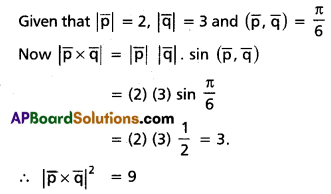
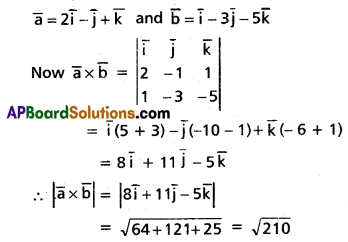
![]()
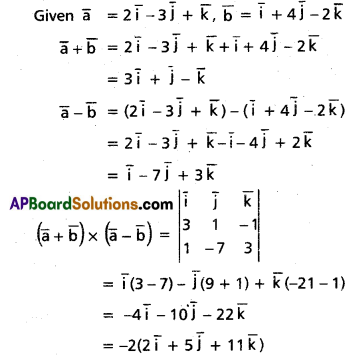
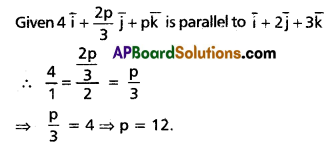
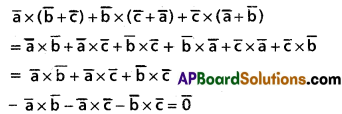
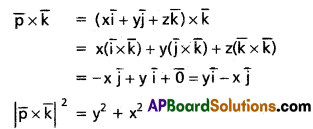

![]()
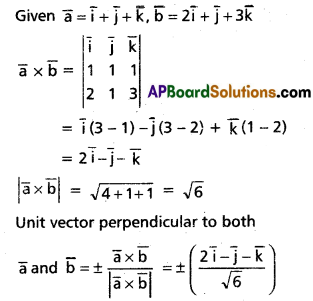

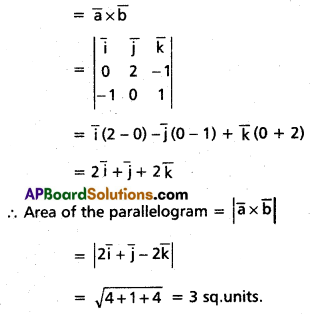
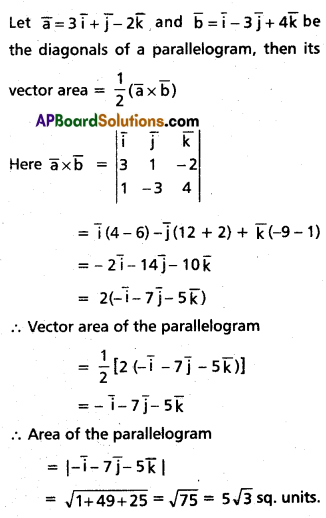
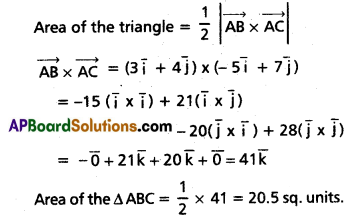
![]()
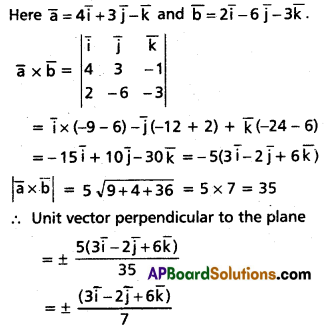
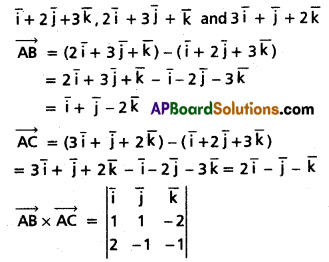
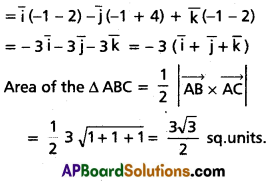
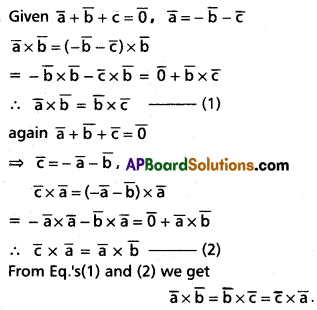
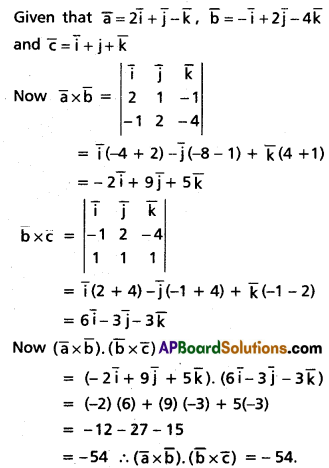
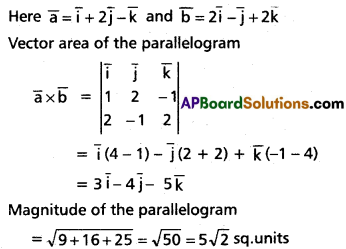

![]()
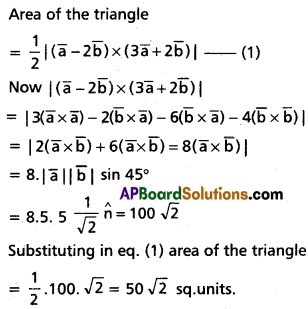
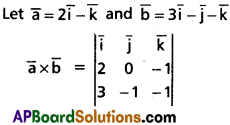
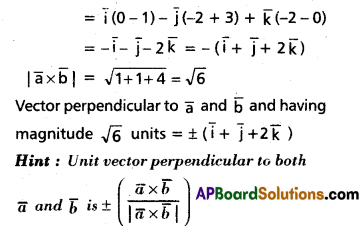
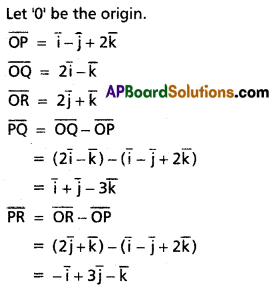
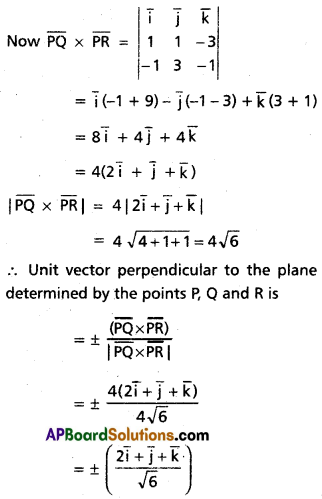
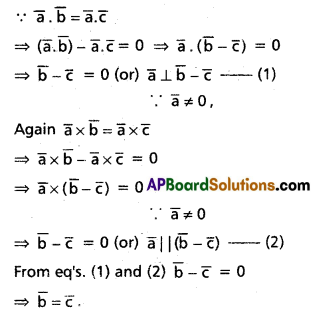
![]()
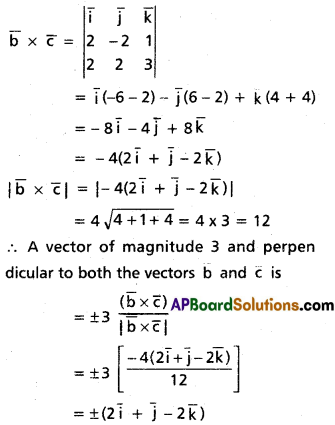
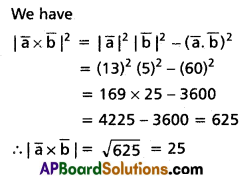
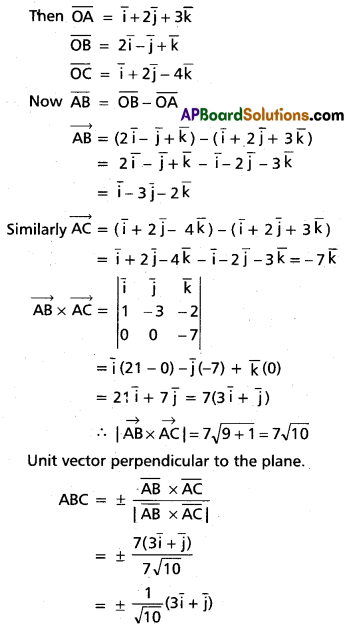
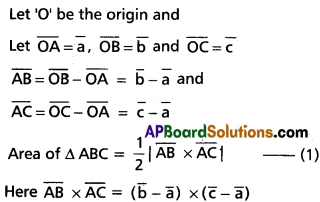
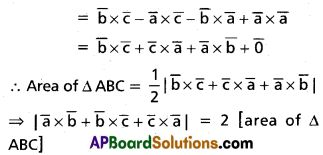
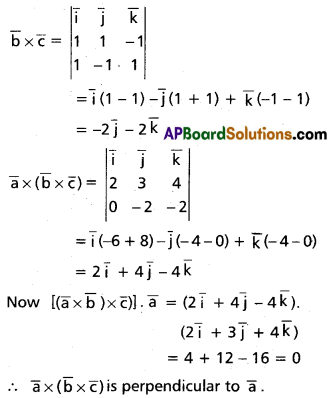
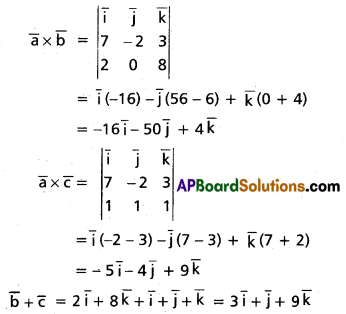
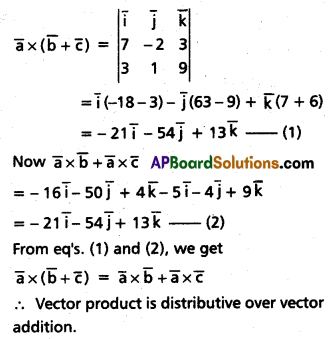
![]()
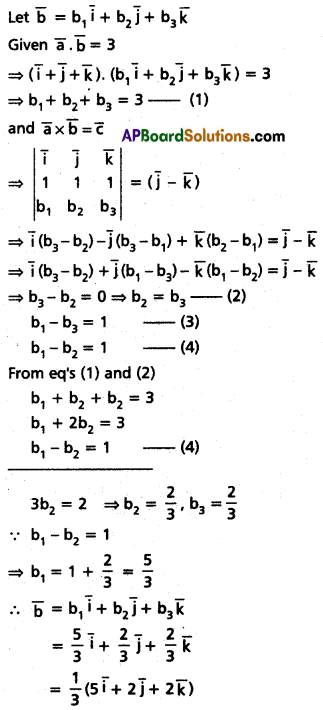

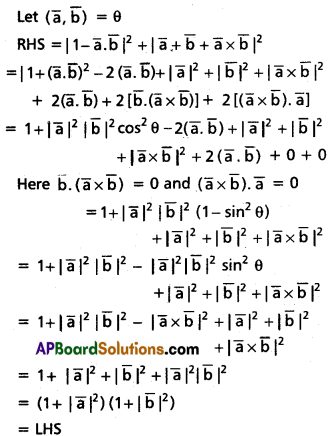
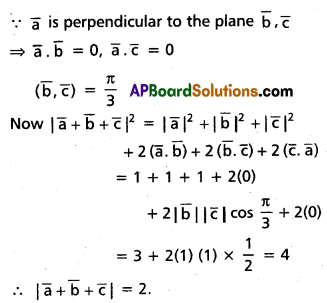
![]()

